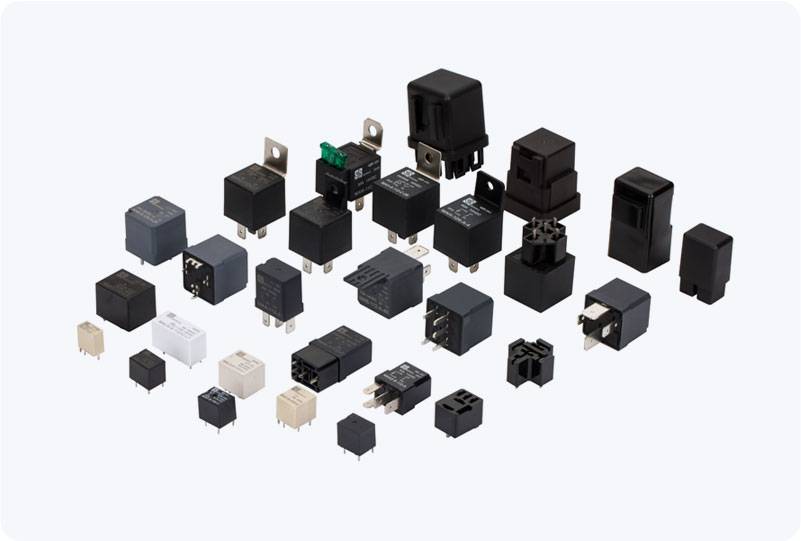Low Voltage DC Relays are crucial components in modern electronics and electrical systems, providing a seamless way to control circuits with low power while enabling the switching of high-power electrical devices. These relays are commonly used in various applications, ranging from automotive systems to automation and energy-efficient technologies. In this article, we’ll explore what a Low Voltage DC Relay is, its working principles, applications, and benefits.

What is a Low Voltage DC Relay? A Low Voltage DC Relay is an electromechanical switch that is used to control low voltage direct current (DC) circuits. Relays generally consist of a coil (or solenoid), an armature, a spring, and a set of electrical contacts. The basic principle of operation relies on the electromagnetism produced when current flows through the relay coil, which then triggers the mechanical movement of the contacts, opening or closing the circuit. In the case of low voltage DC relays, they are designed to operate at lower voltage levels such as 12V, 24V, or 48V DC, which are typically used in small electronics, vehicles, and low-power electrical systems.